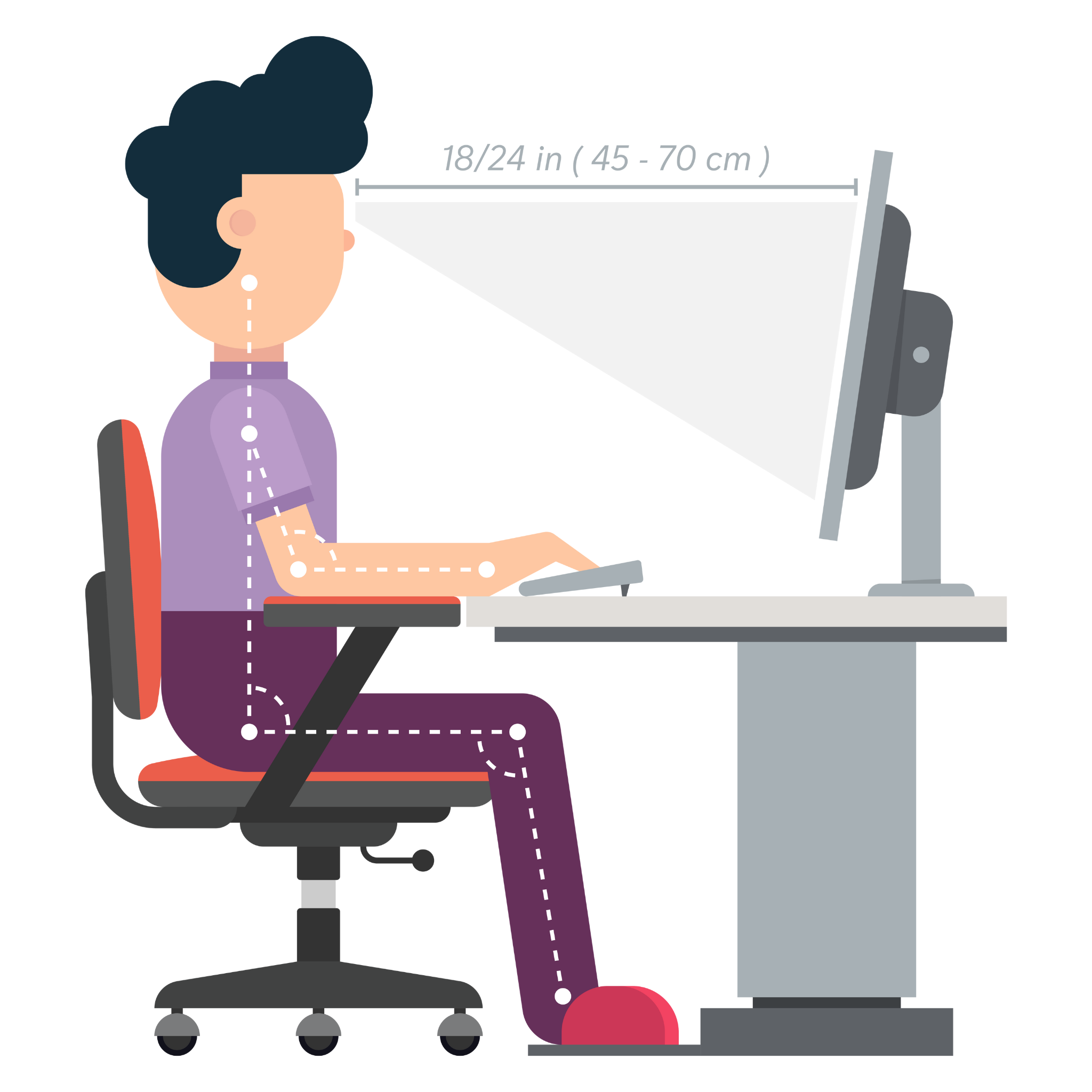Are your bad back habits causing you pain and discomfort? You’re not alone. Many people struggle with poor posture and unhealthy habits that lead to chronic back pain. But the good news is, it’s never too late to straighten up and make lasting changes. In this post, we’ll explore how you can identify and break your bad back habits for good, helping you achieve better posture and a healthier spine.
Why Bad Back Habits Are Harmful to Your Health
Bad back habits, such as slouching, sitting for long periods, or lifting incorrectly, can cause a range of health issues. These habits put unnecessary strain on your spine, leading to muscle tension, joint pain, and even long-term damage. According to the National Institutes of Health, poor posture and bad back habits are common causes of back pain and can significantly affect your quality of life.
How to Identify and Break Bad Back Habits
The first step in breaking bad back habits is identifying what they are. Do you tend to slouch when sitting at your desk? Do you often carry heavy bags on one shoulder? Once you recognize these habits, you can begin to make changes.
Tips to Break Bad Back Habits:
1. Mind Your Posture
You’ve probably heard it before: “Sit up straight!” It turns out, there’s a good reason for this advice. Research shows that poor posture is a leading cause of back pain. Slouching, hunching over your desk, or leaning too far back can all strain your spine, leading to discomfort or even long-term issues.

What You Can Do:
- Check Your Posture: Take a moment every hour to check how you’re sitting or standing. Your ears, shoulders, and hips should align in a straight line.
- Set Up Your Workspace: If you’re working from home or at the office, make sure your chair supports your lower back and your screen is at eye level. These adjustments can make a big difference.
2. Lift with Care
Whether you’re picking up your child or moving heavy boxes, how you lift matters. Using the wrong technique can put a lot of pressure on your back, leading to injury. In fact, studies show that improper lifting is one of the most common causes of back pain.

What You Can Do:
- Bend at Your Knees: When lifting something heavy, squat down and use your legs to lift, keeping your back straight. This reduces the strain on your spine.
- Don’t Be a Hero: If something is too heavy, ask for help or use tools like a trolley. It’s better to be safe than sorry!
3. Stay Active
In our busy city life, it’s easy to spend too much time sitting—whether in the office, in the car, or at home. But being too sedentary weakens the muscles that support your spine, leading to more back pain over time.
What You Can Do:
- Take Breaks: Stand up, stretch, or walk around for a few minutes every 30 minutes. Even a short break can help.
- Exercise Regularly: Engage in activities like walking, swimming, or yoga to strengthen your back muscles. Regular exercise is proven to reduce back pain and prevent future problems.
4. Sleep Smarter
How you sleep can also affect your back. If you’re waking up with stiffness or pain, your mattress or sleeping position might be to blame. Research suggests that sleeping on a supportive mattress and in the right position can significantly reduce back pain.

What You Can Do:
- Choose the Right Mattress: A medium-firm mattress is often best for supporting your spine.
- Sleep on Your Side: This position, with a pillow between your knees, helps keep your spine aligned.
5. Listen to Your Body
Pain is your body’s way of telling you something isn’t right. Ignoring back pain or pushing through it can make things worse. If you’re experiencing consistent pain, it’s essential to get it checked out.
What You Can Do:
- Don’t Ignore Pain: If back pain persists, see a healthcare professional. Early intervention can prevent more serious issues.
- Consider Chiropractic Care: At Movement Chiropractic, we specialize in diagnosing and treating back pain. Our expert care can help you break bad habits and keep your spine healthy.
For more tips on maintaining a healthy spine, check out our post on The Hidden Impact of Posture: 5 Tips to Stand Tall and Feel Great.
Simple Exercises to Counteract Bad Back Habits
Incorporating regular exercises into your routine can help counteract the effects of bad back habits. Strengthening your core muscles, improving flexibility, and maintaining a healthy weight are all key components of a strong and pain-free back.
Effective Exercises Include:
- Planks: Strengthen your core, which supports your lower back.
- Bridges: Engage your glutes and lower back muscles.
- Child’s Pose: Stretch your spine and relieve tension.
Discover more about how chiropractic care can support your back health on our Chiropractic Care page.
How Movement Chiropractic Can Help
At Movement Chiropractic, we know how bad back habits can affect your health. Our chiropractic care plans focus on correcting these habits and realigning your spine. With posture assessments, adjustments, and tailored exercises, we help you eliminate bad back habits and live pain-free.
Breaking bad back habits is key to a healthy spine and preventing pain. Simple daily changes and professional chiropractic care can make a big difference. At Movement Chiropractic, we’re here to help you achieve a healthier back.
Ready to say goodbye to bad back habits? Contact Movement Chiropractic today to book your appointment and start your journey to a pain-free life.
References:
- Straker, L., et al. (2014). The Effects of Posture on Back Pain in Office Workers: A Systematic Review. Ergonomics, 57(4), 500-512.
- Heneweer, H., et al. (2011). The Effect of Work-Related Physical Activity and Leisure Time Physical Activity on the Risk of Developing Low Back Pain. Occupational and Environmental Medicine, 68(6), 405-410.
- Kovacs, F. M., et al. (2003). The Effect of the Mattress on Chronic Non-specific Low Back Pain. Spine, 28(9), 1059-1065.





